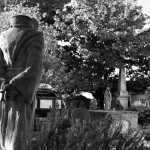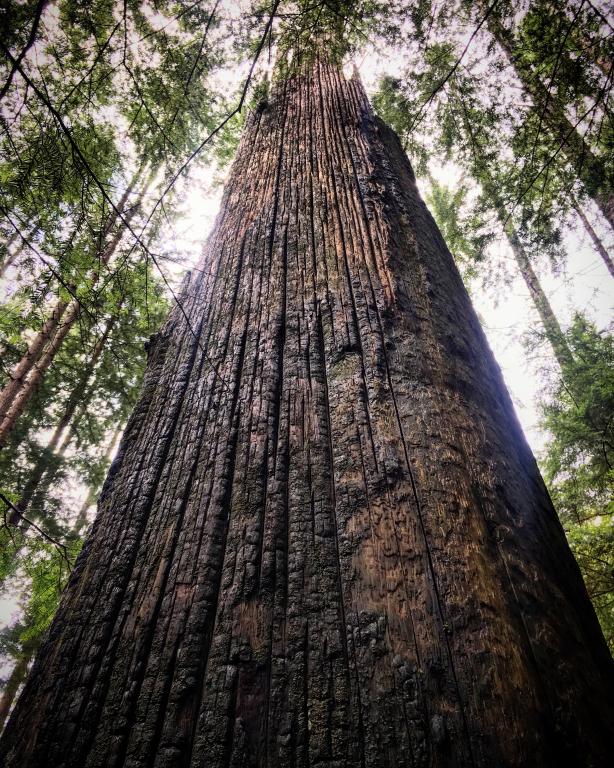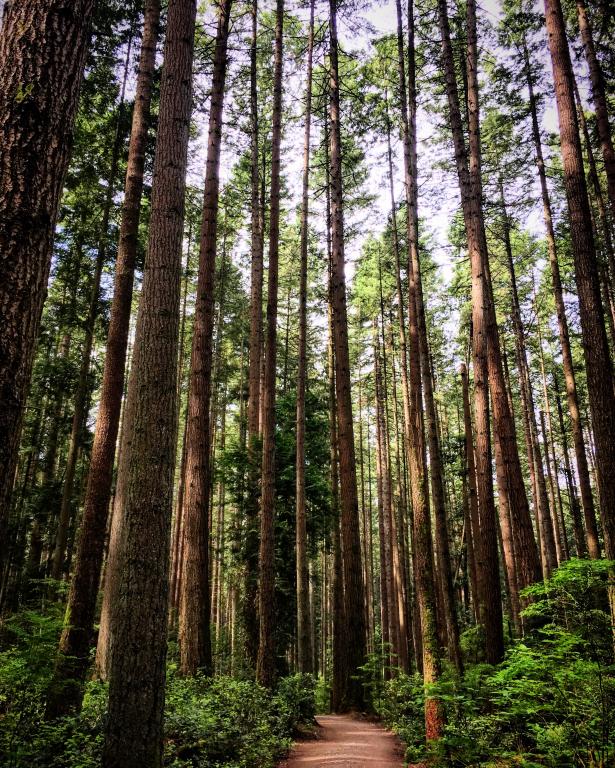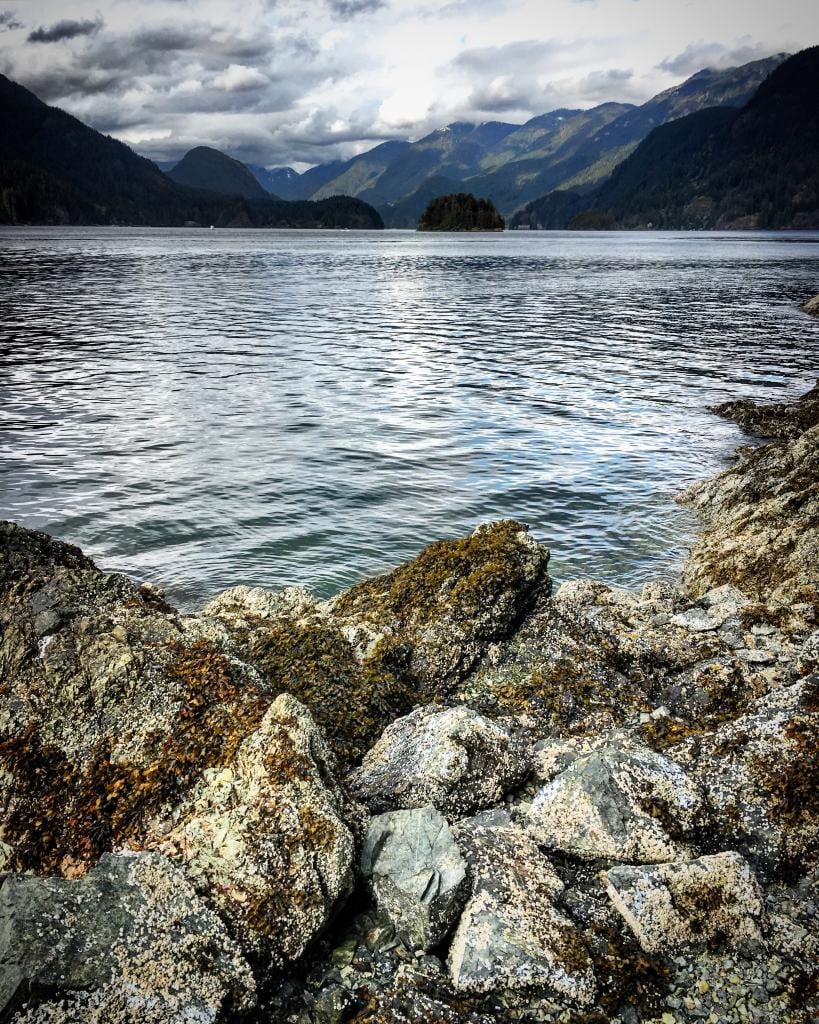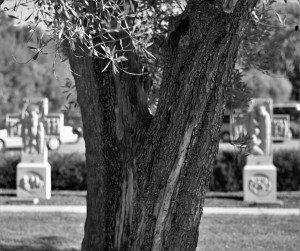
One aspect of Spiritual Ecology and thus of Holyscapes is our connection to our food. On my last day in San Francisco, I visited two amazing examples of integrating spirituality and agriculture, faith and food (I know there are many more!). The first was another of the 21 Spanish Missions established in the 16 and 1700s by Franciscan missionaries. San Jose Mission, founded in 1797, and located in Fremont, is now owned and operated by a community of Dominican Sisters. It is the only Mission left that still harvests olives and presses them into oil. Most of the olive trees are over 200 years old, planted by the Franciscans themselves. In the early Church, especially among the Spanish settlers, olive oil was an essential ingredient in not only food, but liturgical practice. Oil is used in anointing the sick, consecrating new priests, and in giving the Holy Spirit to the newly baptized.
When I arrived at 9:00 am, parishioners, high school students and sisters dressed in bulky work clothes gathered in the auditorium awaiting our instructions. As an energetic Sister tested the microphone, she called our attention and began to teach us the nuances of harvesting the olives without damaging them, and where the producing trees were located on the grounds. Then she led us in call and response singing about being grateful for the harvest and reminded us to be careful with the fragile fruit.
There had been some wind that morning, but by the time we started picking the sun was shining and it was a beautiful day. I found a secluded spot off a dirt road where I disturbed a large flock of wild turkeys that flapped off into the adjoining property. I picked olives in silence on the shady side of the tree and occasionally chatted with a few of the Sisters, now and then overhearing the raised and then hushed voices of high school gossip from a group of girls at the tree next to me. By the time we were finished, the large bed of a pickup truck was full of green, purple and black olives that will be pressed nearby, and then sold by the sisters at their annual craft fair.
Keeping with my theme, after my morning harvesting olives, I decided to drive back to the North Bay to catch a glimpse of a place I had heard a lot about, but never seen. Green Gulch Farm is attached to a Soto Zen Retreat Center that was established in 1972 by the San Francisco Zen Center in the Lineage of Shunryu Suzuki. The Center and Farm are about 115 acres within the now Golden Gate National Recreation Area. It was founded as a place of Zen practice, intentional living, and organic farming experimentation. The famous biodynamic farmer Alan Chadwick is buried on site, his grave marked by a small stupa. The Zen Center runs year round private and public services and retreats, and the farm offers a seasonal apprenticeship.
When I arrived, there were no formal retreats going on, but I caught glimpses of a few individual retreatants, sweeping silently, or soaking up the sun on the Zendo porch. The campus is neat and clean like you might expect from a Zen monastery. Everything in its place. The long pathway that goes through the flower gardens and farm toward the beach was dotted by visitors and hurried farm workers. All were mostly silent. Several of the fields had just been plowed, and winter cover crops were beginning to sprout. The tiny furrows that the tractor had left reminded me of the neatly combed grooves in Zen rock gardens.
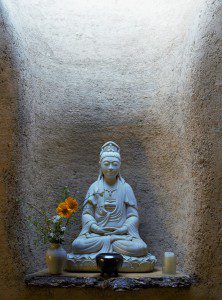
Coming upon a small yellow cob work shed, I poked my head inside. There was a large bench with neatly arranged farm tools, seed bags and plant starter containers. At the center, was a beautiful white Bodhisattva statue illuminated by a round sky light above it. The structure was small, but had two entry ways, each leading inevitably to face this serene statue. The walls to the right and left of the shrine, were pocked with cubbies for the workers’ effects. Some were empty and some were lined with books, gloves, trowels, handsaws, grubby shirts and other farming related miscellanea. After taking some photographs, I just stood there in silence deeply impressed by how well these two functions –devotion and labor—were captured by this single space.
Perhaps that is what draws me to spiritual ecology, or to study monastic life; the convergence of spirit and matter, sacred and mundane, work and church. I know that picking olives is not romantic work for the underpaid workers that do it year after year. I know that organic farming is difficult and strenuous; but in these two settings, where labor is being freely given rather than exploited, and the methods (organic) are in line with the desired outcomes (quality food), it is easier to see how the simple act of eating is not only political but spiritual as well.

